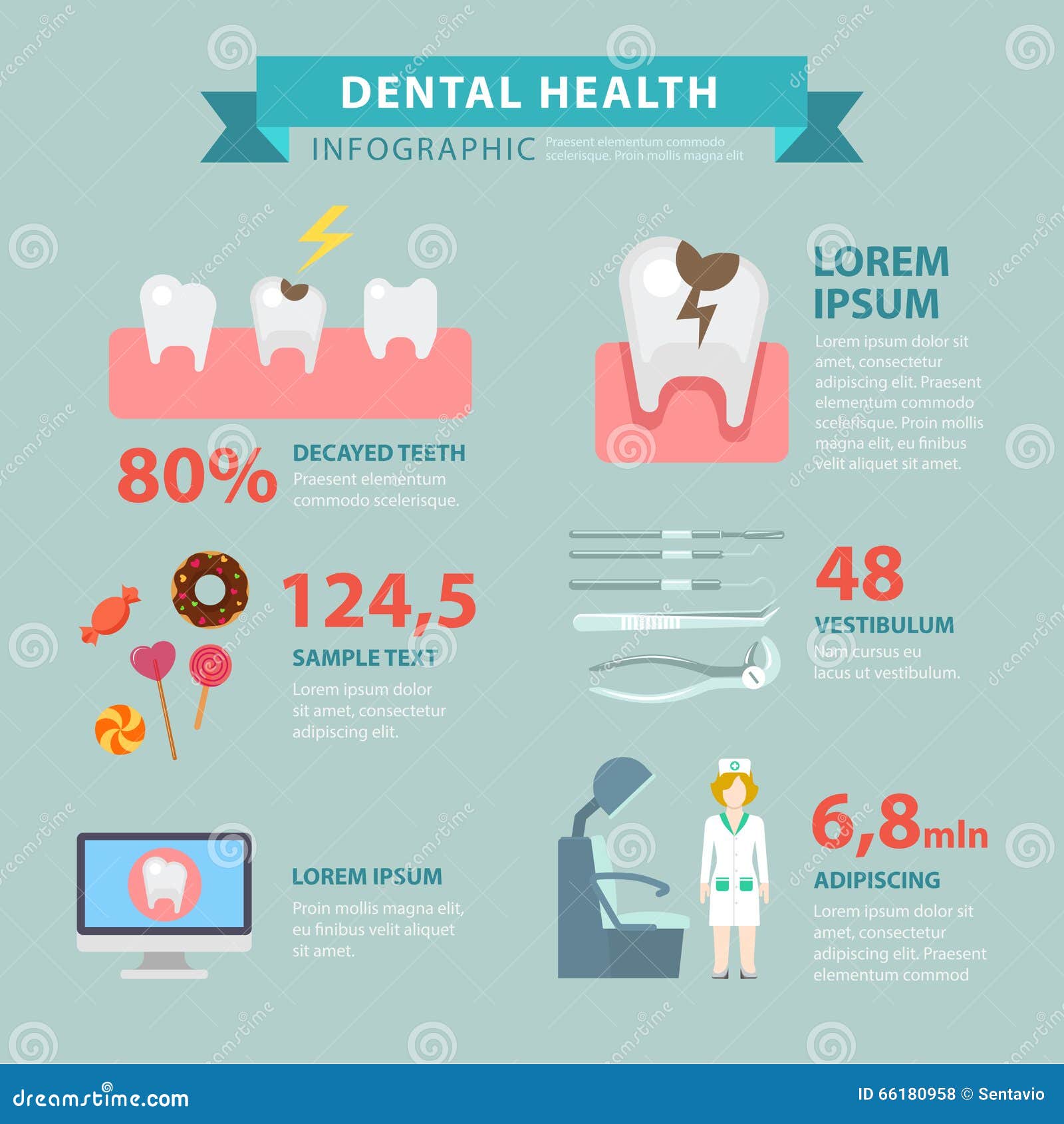The Following Period Of Oral Surgery: Innovation Innovations And Developments Reshaping The Specialized
The Following Period Of Oral Surgery: Innovation Innovations And Developments Reshaping The Specialized
Blog Article
Material Create By-Hermansen Maloney
Invite to the globe of dental surgery, where advancements and advances are shaping the future of the field! In this exciting realm, you'll witness the transformative power of robotics, the innovative marvel of 3D printing, and the game-changing impact of minimally invasive techniques.
The future of oral surgery holds a pledge of precision, effectiveness, and improved client results. With the help of innovative robotics, cosmetic surgeons are able to execute complicated treatments with greater precision and control.
3D printing modern technology is revolutionizing the production of oral implants and prosthetics, using customized options that fit perfectly into each client's one-of-a-kind makeup.
Furthermore, minimally intrusive strategies are reducing post-operative discomfort and recovery time, permitting individuals to return to their daily lives sooner.
Get ready to explore the amazing innovations and breakthroughs that are improving the landscape of oral surgery!
Innovations in Robotics
One significant innovation in dental surgery is making use of robotic modern technology, which enables specific and reliable surgical procedures. With the help of robotic systems, oral surgeons have the capability to perform intricate surgical treatments with improved precision, lessening the risk of human mistake.
These robot systems are equipped with innovative imaging modern technology and exact tools that allow specialists to browse with elaborate anatomical frameworks effortlessly. By using robot technology, cosmetic surgeons can accomplish higher medical precision, leading to boosted individual results and faster recuperation times.
On top of that, using robotics in dental surgery permits minimally intrusive procedures, minimizing the trauma to surrounding tissues and advertising faster healing.
3D Printing in Dental Surgery
To improve the field of dental surgery, you can explore the subtopic of 3D printing in dental surgery. This cutting-edge technology has the possible to transform the means oral doctors run and deal with clients. Right here are 4 crucial ways in which 3D printing is forming the area:
- ** Personalized Surgical Guides **: 3D printing permits the creation of extremely exact and patient-specific surgical overviews, improving the accuracy and effectiveness of procedures.
- ** Implant Prosthetics **: With 3D printing, dental doctors can create personalized dental implant prosthetics that perfectly fit an individual's special composition, resulting in better end results and patient complete satisfaction.
- ** Bone Grafting **: 3D printing enables the manufacturing of patient-specific bone grafts, reducing the need for standard grafting techniques and improving recovery and healing time.
- ** https://www.thedailystar.com/news/business_news/local-business-cooperstown-resident-offers-unique-teeth-whitening-services/article_e150dc9a-b45d-11ed-a464-3b4390e8ccb7.html and learning and Educating **: 3D printing can be used to create sensible surgical designs for instructional objectives, permitting dental specialists to exercise complex procedures prior to executing them on patients.
With https://beauluwcd.blogchaat.com/33070329/how-long-do-dental-implants-last-factors-that-affect-long-life to improve precision, modification, and training, 3D printing is an amazing advancement in the field of dental surgery.
Minimally Invasive Techniques
To additionally progress the field of oral surgery, accept the capacity of minimally intrusive techniques that can significantly benefit both specialists and clients alike.
Minimally intrusive techniques are revolutionizing the field by minimizing medical trauma, lessening post-operative pain, and increasing the recuperation procedure. These methods entail utilizing smaller cuts and specialized tools to execute procedures with precision and efficiency.
By utilizing advanced imaging innovation, such as cone beam of light computed tomography (CBCT), specialists can properly intend and execute surgical procedures with very little invasiveness.
In addition, making use of lasers in oral surgery permits accurate tissue cutting and coagulation, leading to minimized bleeding and decreased healing time.
With minimally invasive techniques, clients can experience quicker recovery, lowered scarring, and improved results, making it a vital element of the future of dental surgery.
Conclusion
So, as you can see, the future of dental surgery is extremely appealing, with amazing technologies and developments forming the area.
From the innovations in robotics to using 3D printing and minimally invasive techniques, dental cosmetic surgeons are changing the way they supply care.
While some might stress over the possible expense connected with these advancements, it's important to bear in mind that these modern technologies ultimately boost person end results and decrease recovery time, making them well worth the financial investment over time.
